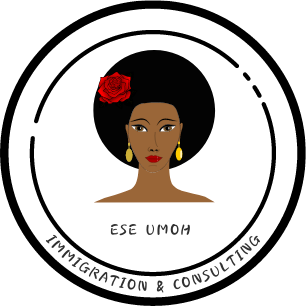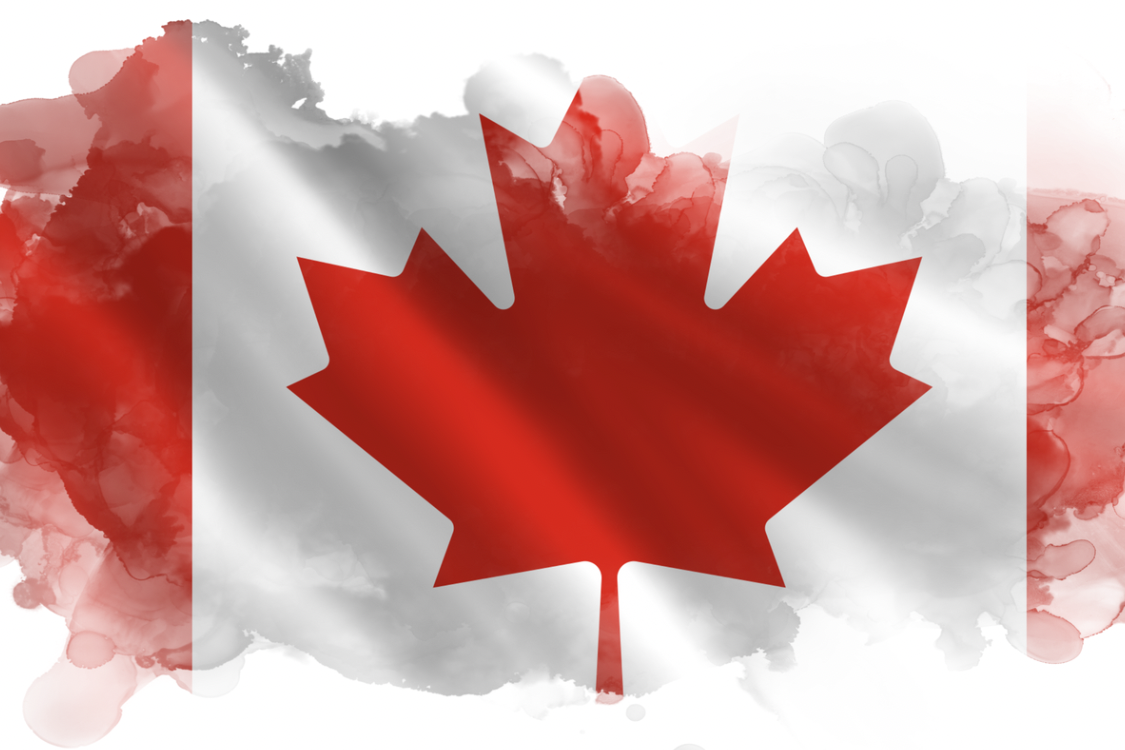Dear future neighbour,
If you’ve been watching Canada’s Express Entry draws closely, December 8, 2025, was a day worth noting. While most people focus on numbers and cut-offs, there’s a bigger story here, one that can help you plan your next steps in immigrating to Canada.
The Significance of This Draw
A total of 1,123 candidates with provincial nominations received Invitations to Apply (ITAs). That’s huge, the largest Provincial Nominee Program (PNP) draw of 2025.
Here’s the thing, having a provincial nomination gives you 600 extra points in the Comprehensive Ranking System (CRS), which almost guarantees an ITA. In this draw, the lowest CRS score to receive an ITA was 729. If you didn’t have a nomination, this round wasn’t for you but it signals something important about Canada’s immigration strategy.
See below details of December 8, Express Entry draw
- Program: Provincial Nominee Program (PNP)
- Date: December 8, 2025
- Lowest CRS score: 729
- Number of invitations issued: 1,123
- Tie-breaking rule: March 05, 2025
The Bigger Picture:
1. Provincial Nominations Are More Valuable Than Ever
Canada is increasingly using targeted draws rather than broad ones. This means provinces are actively choosing candidates who fit their labor market needs. If you’ve been thinking about provincial programs, now is the time to explore them. A nomination doesn’t just add points, it can fast-track your application.
2. Competition Is Still High
Even with a provincial nomination, the cut-off was steep. This shows that top-tier candidates are the ones moving forward. If you’re aiming for Express Entry without a nomination, focus on boosting CRS points through:
-
Improving language test scores
-
Gaining more work experience
-
Enhancing education credentials
3. Timing and Strategy Matter
IRCC uses tie-breakers based on profile submission dates. In other words, being ready and applying early can make a difference, especially when CRS scores are close.
See below summary of Express Entry draws in 2025
| Date | Draw Type | Number of ITAs | Cut-off CRS score |
|---|---|---|---|
| November 28 | French language proficiency | 6,000 | 408 |
| November 25 | Canadian Experience Class | 1,000 | 531 |
| November 25 | Provincial Nominee Program | 777 | 699 |
| November 14 | Healthcare and social services | 3,500 | 462 |
| November 12 | Canadian Experience Class | 1,000 | 533 |
| November 10 | Provincial Nominee Program | 714 | 738 |
| October 29 | French language proficiency | 6,000 | 416 |
| October 28 | Canadian Experience Class | 1,000 | 533 |
| October 27 | Provincial Nominee Program | 302 | 761 |
| October 15 | Healthcare and social services | 2,500 | 472 |
| October 14 | Provincial Nominee Program | 345 | 778 |
| October 6 | French language proficiency | 4,500 | 432 |
| October 1 | Canadian Experience Class | 1,000 | 534 |
| September 29 | Provincial Nominee Program | 291 | 855 |
| September 18 | Trade | 1,250 | 505 |
| September 17 | Education | 2,500 | 462 |
| September 15 | Provincial Nominee Program | 228 | 746 |
| September 4 | French language proficiency | 4,500 | 446 |
| September 3 | Canadian Experience Class | 1,000 | 534 |
| September 2 | Provincial Nominee Program | 249 | 772 |
| August 19 | Healthcare and social services | 2,500 | 470 |
| August 18 | Provincial Nominee Program | 192 | 800 |
| August 8 | French language proficiency | 2,500 | 481 |
| August 7 | Canadian Experience Class | 1,000 | 534 |
| August 6 | Provincial Nominee Program | 225 | 739 |
| July 22 | Healthcare and social services | 4,000 | 475 |
| July 21 | Provincial Nominee Program | 202 | 788 |
| July 8 | Canadian Experience Class | 3,000 | 518 |
| July 7 | Provincial Nominee Program | 356 | 750 |
| June 26 | Canadian Experience Class | 3,000 | 521 |
| June 23 | Provincial Nominee Program | 503 | 742 |
| June 12 | Canadian Experience Class | 3,000 | 529 |
| June 10 | Provincial Nominee Program | 125 | 784 |
| June 4 | Healthcare and social services | 500 | 504 |
| June 2 | Provincial Nominee Program | 277 | 726 |
| May 13 | Canadian Experience Class | 500 | 547 |
| May 12 | Provincial Nominee Program | 511 | 706 |
| May 2 | Healthcare and social services | 500 | 510 |
| May 1 | Education | 1,000 | 479 |
| April 28 | Provincial Nominee Program | 421 | 727 |
| April 14 | Provincial Nominee Program | 825 | 764 |
| March 21 | French language proficiency | 7,500 | 379 |
| March 17 | Provincial Nominee Program | 536 | 736 |
| March 6 | French language proficiency | 4,500 | 410 |
| March 3 | Provincial Nominee Program | 725 | 667 |
| February 19 | French language proficiency | 6,500 | 428 |
| February 17 | Provincial Nominee Program | 646 | 750 |
| February 5 | Canadian Experience Class | 4,000 | 521 |
| February 4 | Provincial Nominee Program | 455 | 802 |
| January 23 | Canadian Experience Class | 4,000 | 527 |
| January 8 | Canadian Experience Class | 1,350 | 542 |
| January 7 | Provincial Nominee Program | 471 | 793 |
Tips to Improve Your Chances
-
Consider Provincial Nominees: Check which provinces match your skills and experience, nominations can make all the difference.
-
Optimize Your CRS: Small improvements in language, education, or work experience can push you over the threshold.
-
Stay Prepared: Keep documents ready, update your profile promptly, and monitor draw trends. Targeted draws are becoming the norm, so readiness pays off.
-
Think Long-Term: Even if you miss a draw, improving your profile now sets you up for the next one.
What You Need to Know
The latest PNP draw isn’t just numbers on a page but a clear signal: Canada values skilled immigrants who align with provincial needs, and strategic planning can be your ticket in. Whether it’s through a nomination, improving your CRS, or timing your application wisely, you can position yourself to succeed.
Remember, immigration isn’t just about waiting for ITAs, it’s about preparing, strategizing, and acting at the right time.
Whether you’re applying for a visitor visa, submitting a work permit or visa application, creating an Expression of Interest (EOI), setting up an Express Entry or Provincial Nomination profile, preparing your application after receiving an Invitation to Apply, or simply want a professional review of your self-prepared application, we’re here to assist you.
Schedule a 30-minute / 60- minute consultation or contact us at:
info@eseumohimmigration.com











